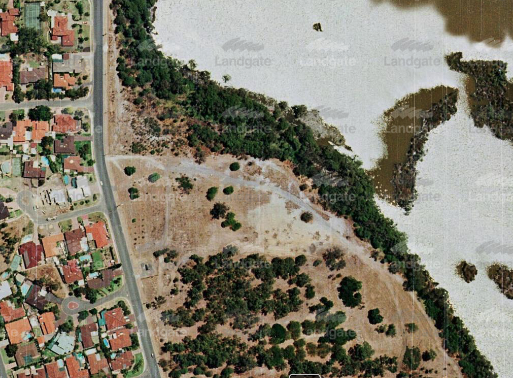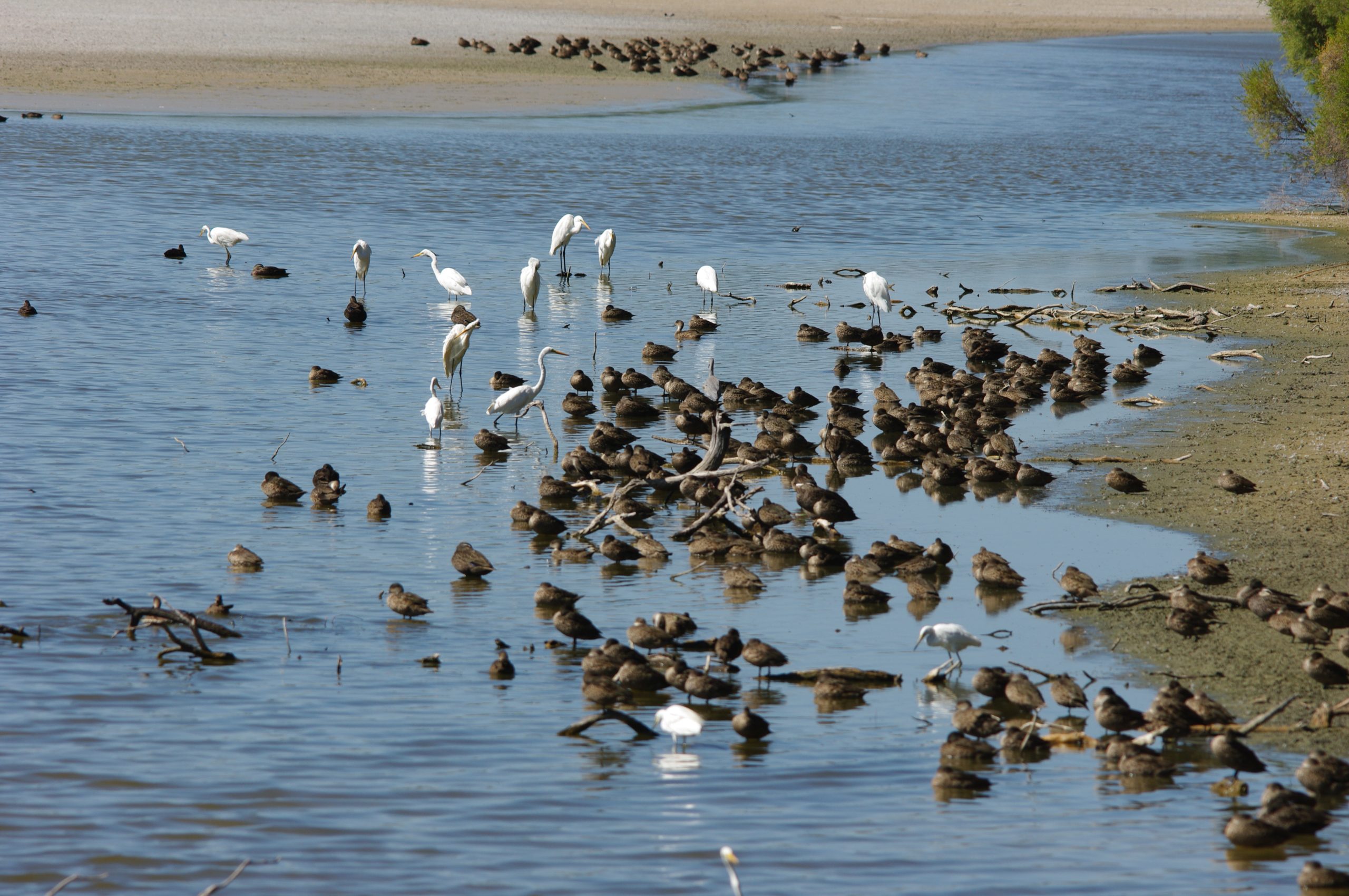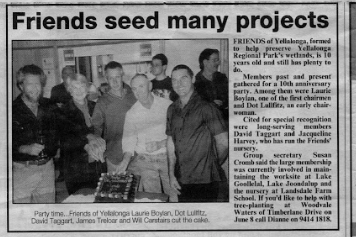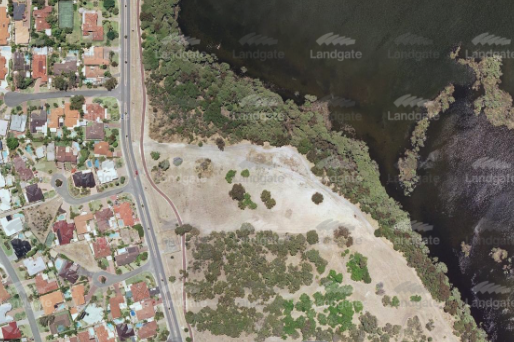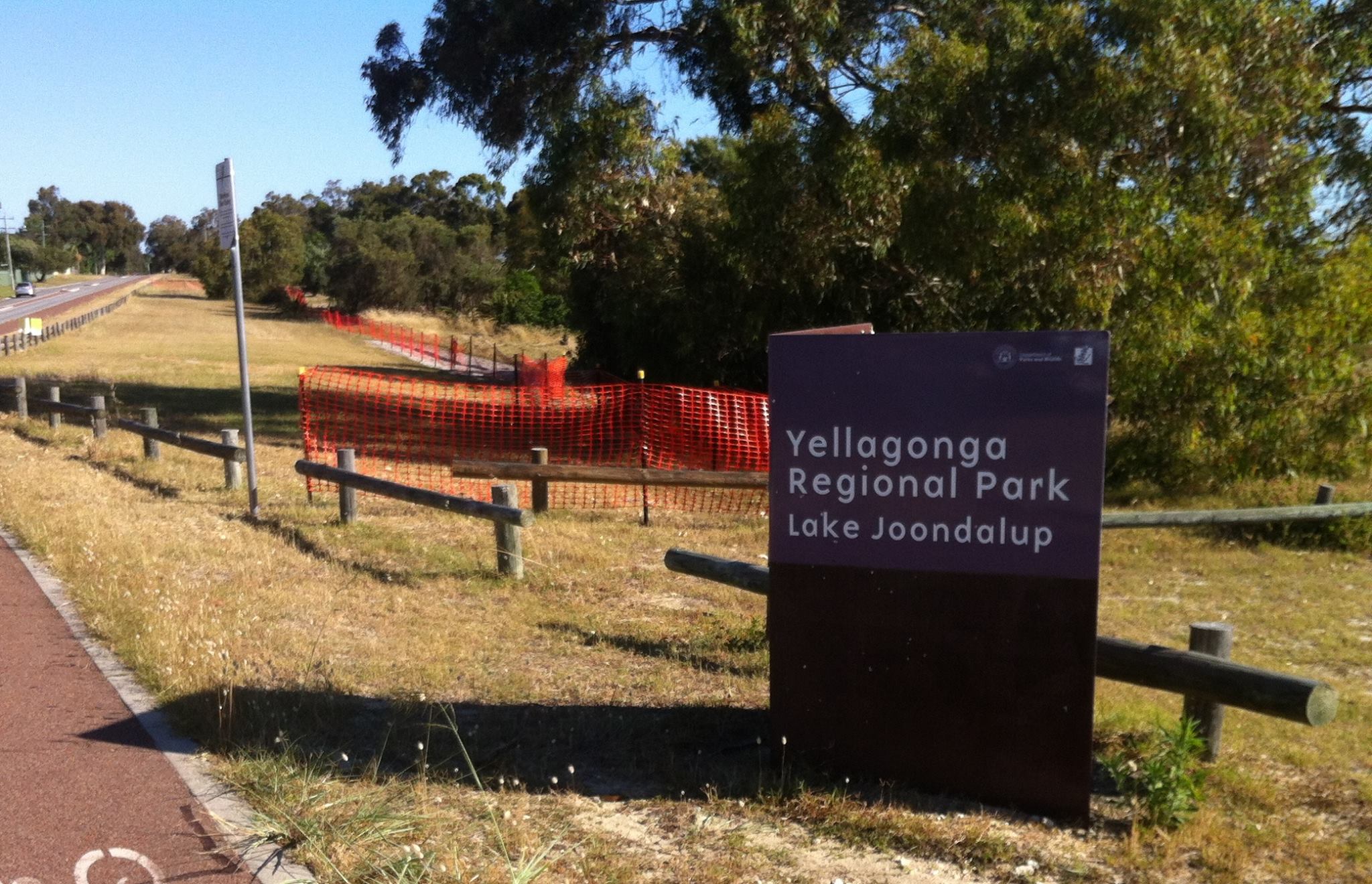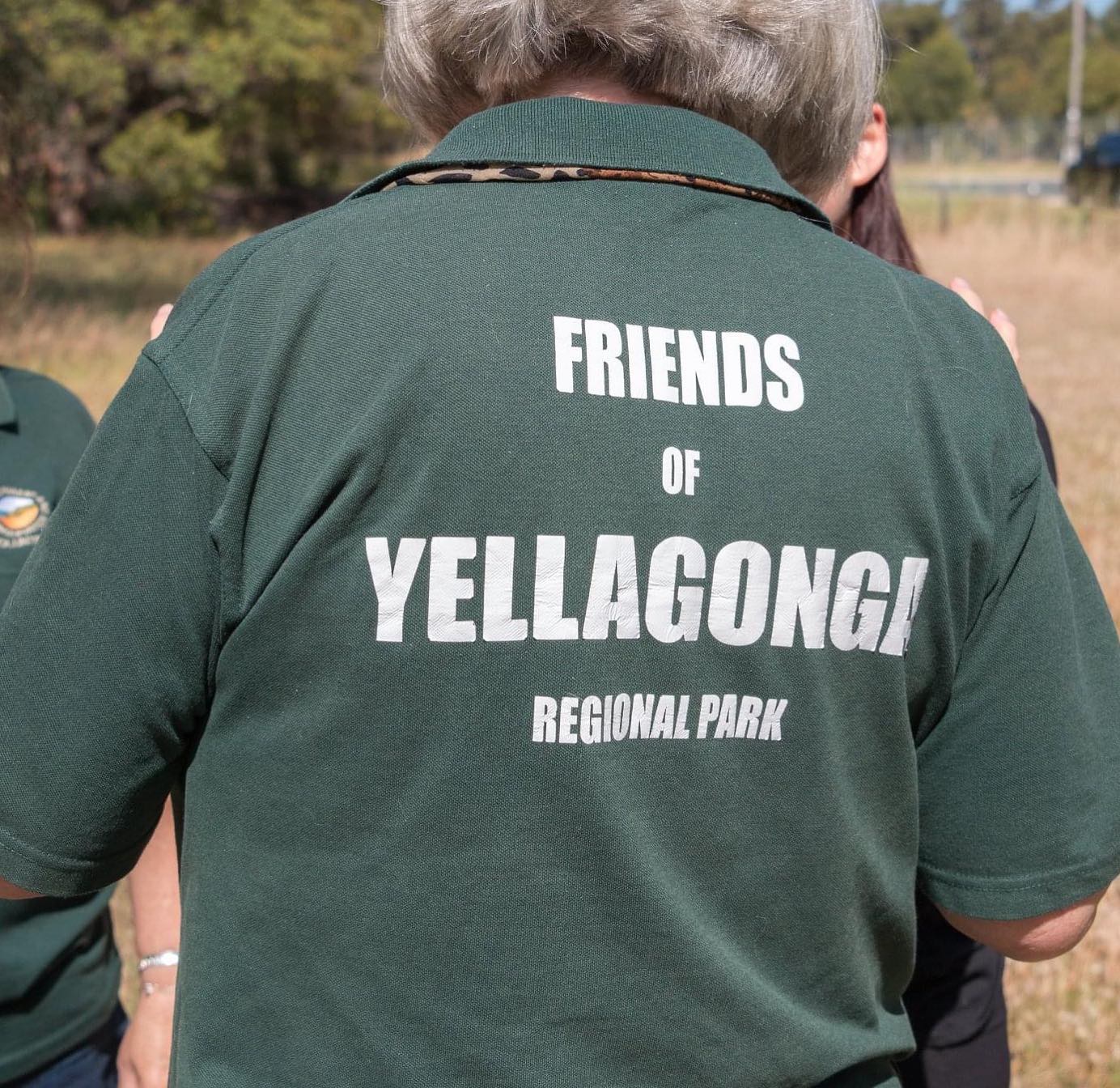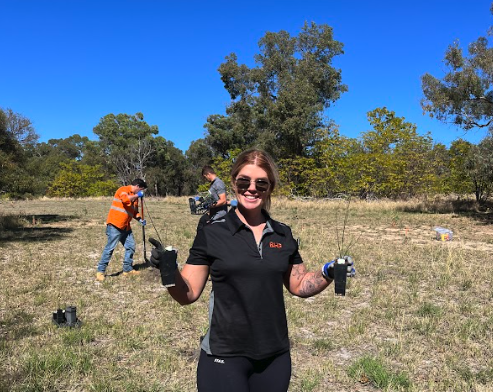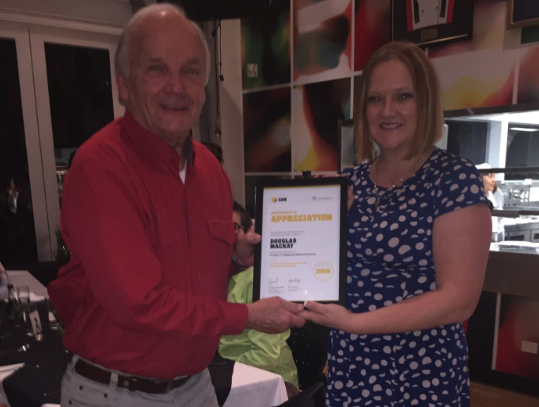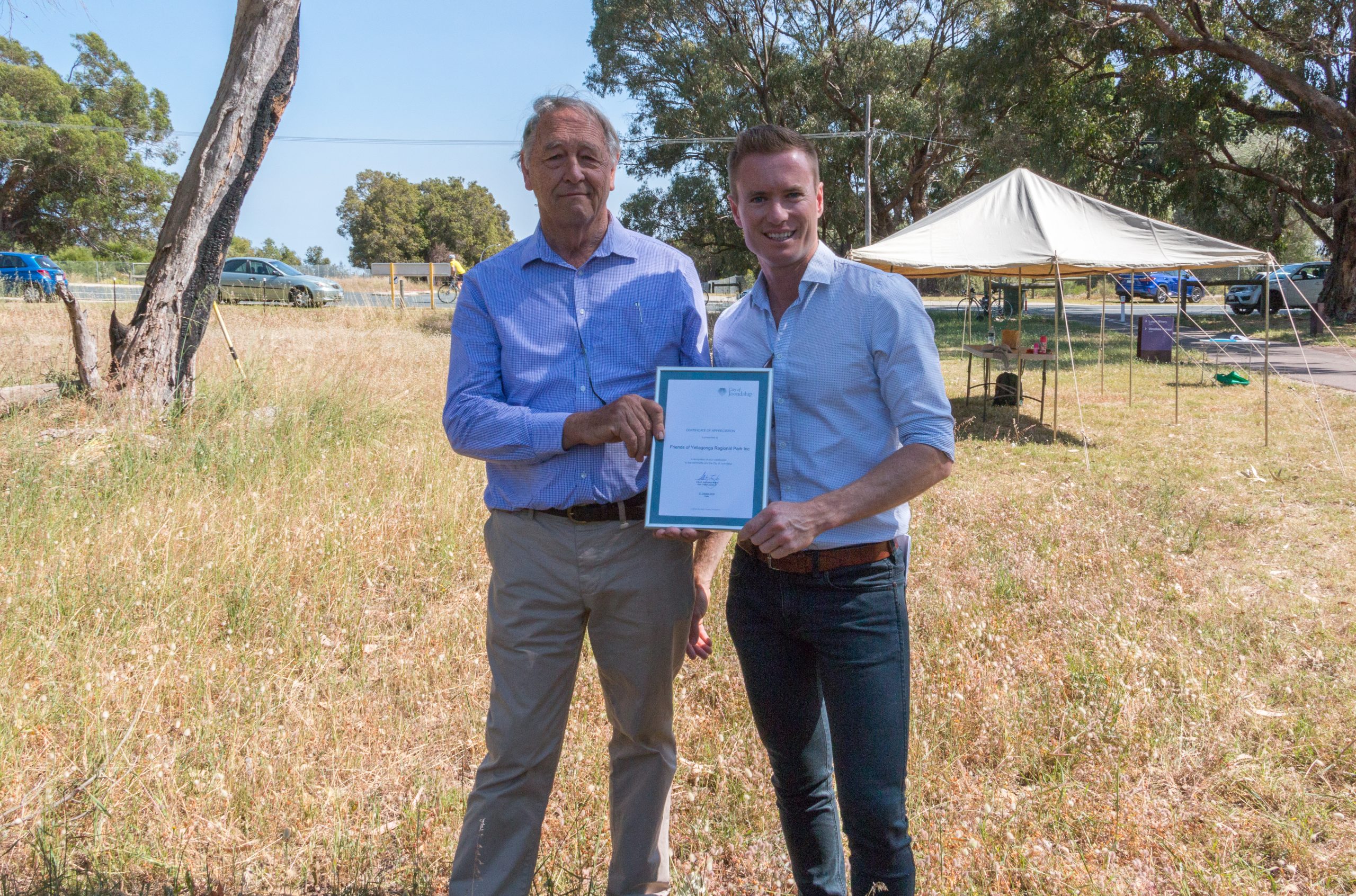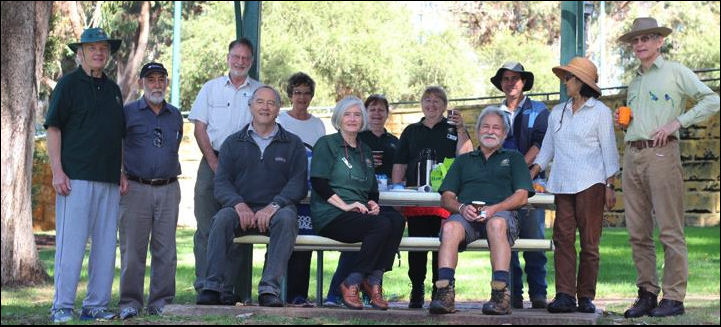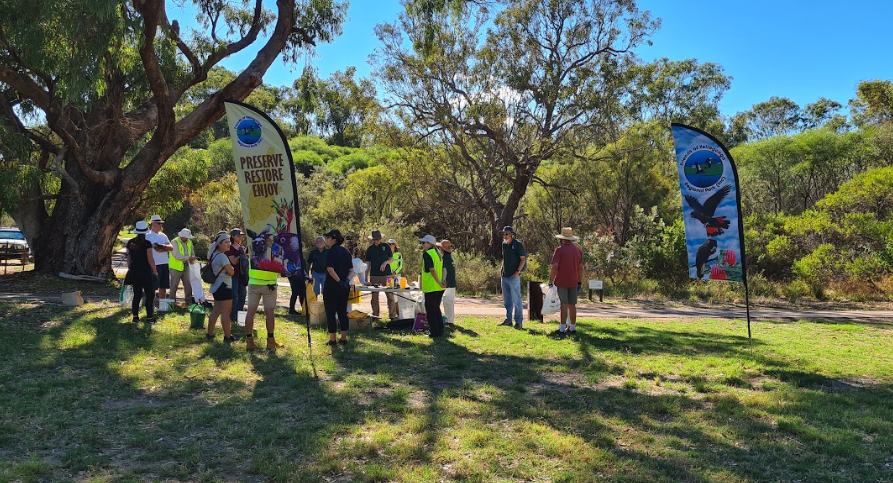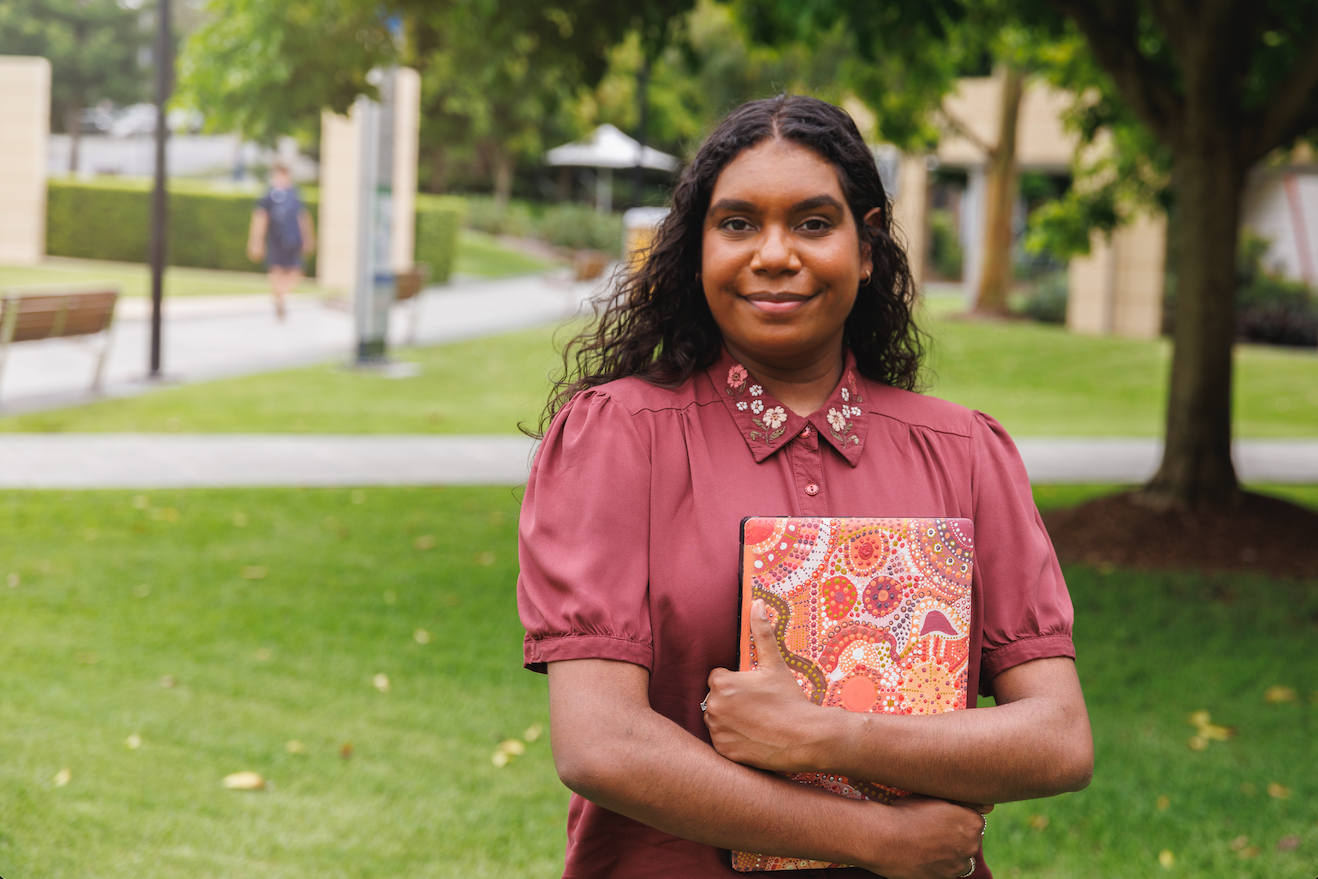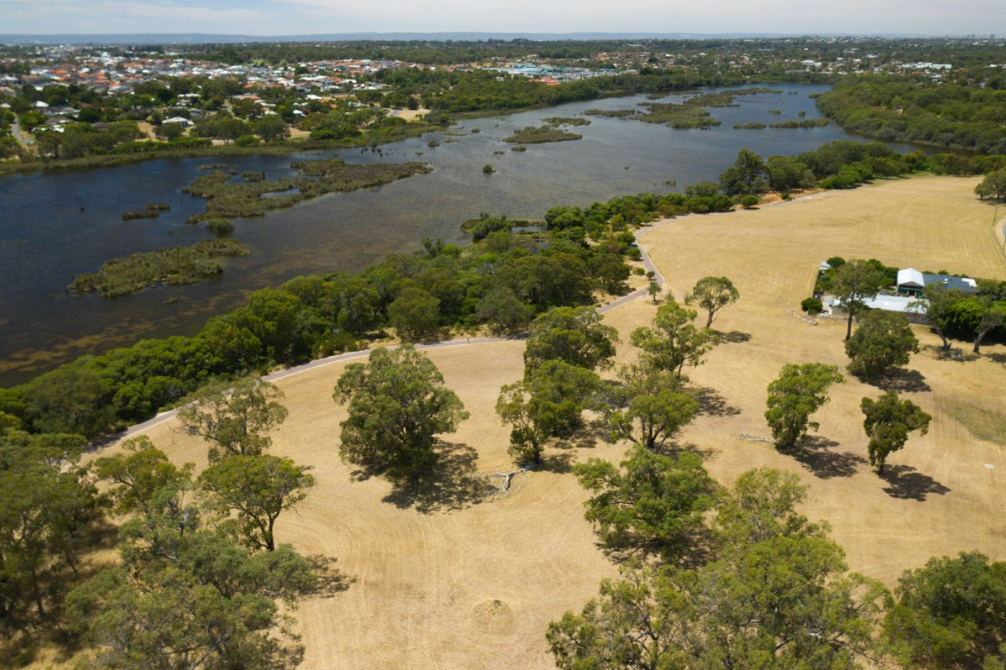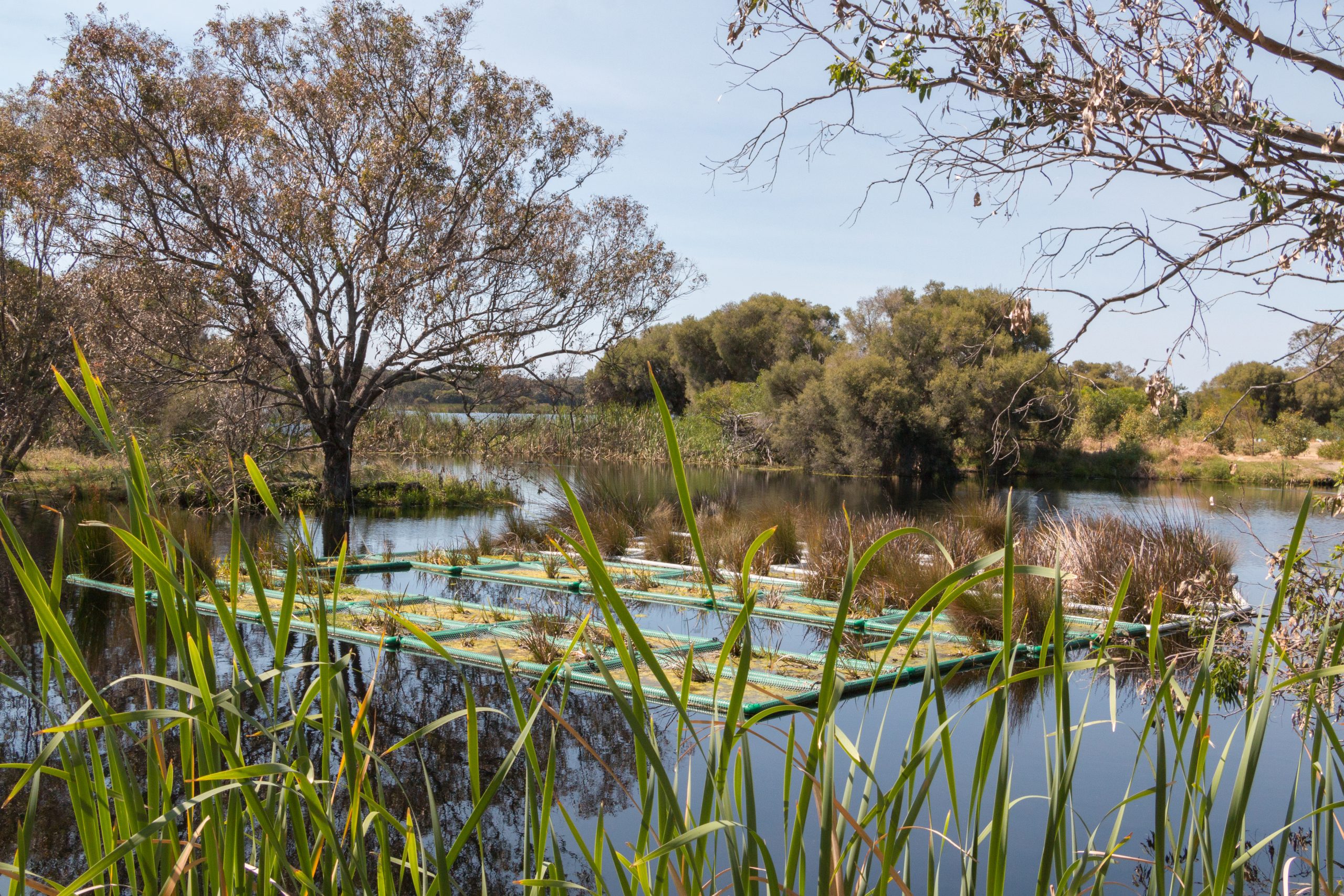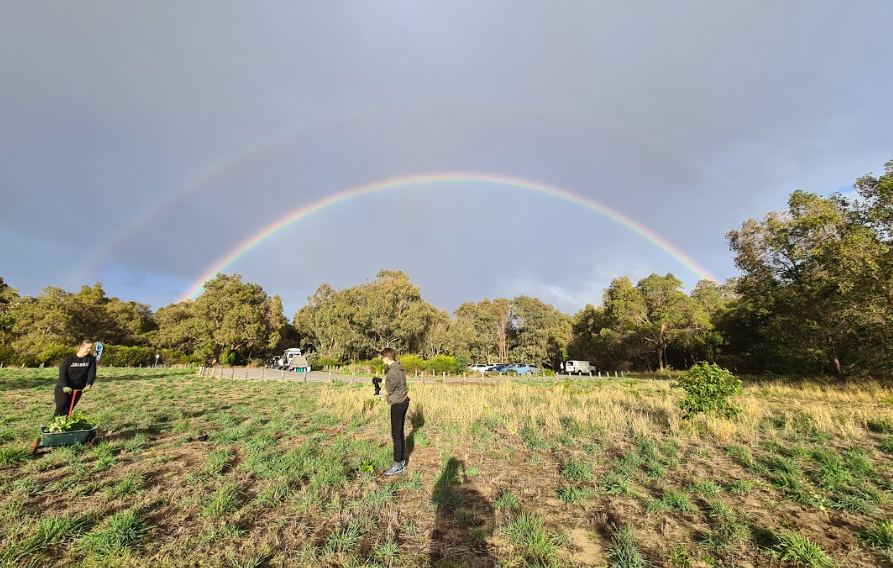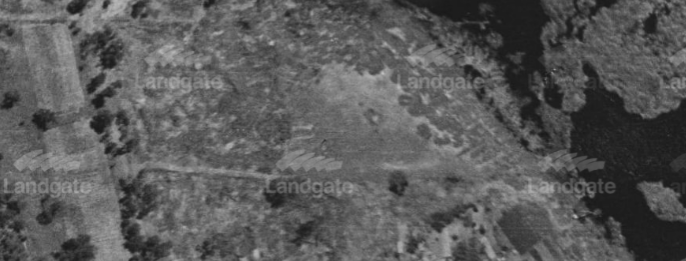
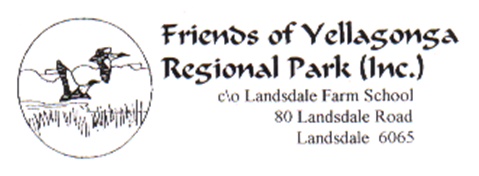
1992
The original Yellagonga nursery was founded on a small block on Winton Road. The land was donated by Department of Lands and Administration, the park’s original managers of the park. The original Duck Landing site was also founded, on the eastern side of Lake Goolellal, and was used as a small dam cut from the lake itself.
FOY Logo
Dr. Mike Bamford, one of the founding members of Friends of Yellagonga Regional Park, sketched the initial logo shortly after the park was officially established. While Mike’s task was to depict a “pair of ducks,” Mike went beyond that and included background buildings to emphasize the park’s location thriving within a suburban setting. This addition highlights one of the park’s notable strengths.

